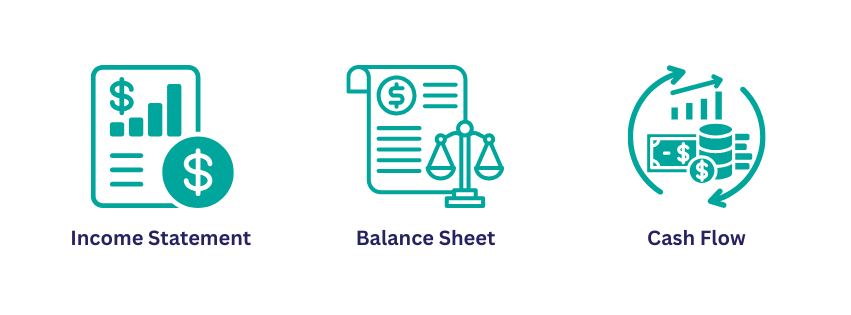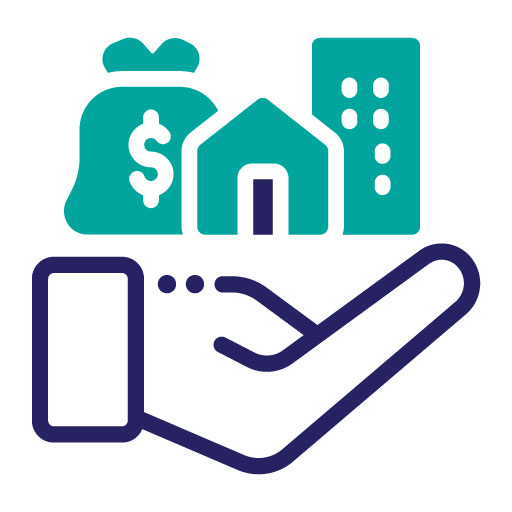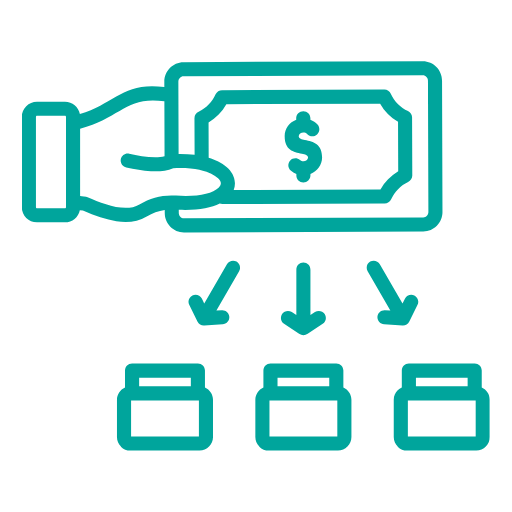It’s Time to Make the Numbers Work for You
Running a childcare center isn’t just about managing classrooms and keeping parents happy—it’s about making strategic decisions that keep your business strong and sustainable. But how do you know if you’re making the right decisions?
The answer lies in your financial statements.
While these reports may seem intimidating at first, they’re powerful tools that reveal the true state of your business. In this article, we’ll go beyond the basics and show you how to interpret your income statement, balance sheet, and cash flow statement in ways that drive better, smarter decisions.
Let’s turn those numbers into a strategy for long-term success.
What Financial Statements Really Tell You
Most business owners think of financial statements as something you deal with once a year for taxes. But when used correctly, these reports offer insights that can guide your everyday decision-making.
Here’s what each statement can help you understand:
- The income statement helps you measure profitability and control expenses.
- The balance sheet tells you how stable or risky your financial position is.
- The cash flow statement helps you prepare for high and low cash periods.
When you understand what these documents say about your business, you gain clarity. You stop guessing—and start planning.

Interpreting the Income Statement for Better Decisions
The income statement (or profit & loss statement) is the most frequently reviewed financial report—and for good reason. It’s where you track whether you’re making or losing money over a specific period.
Let’s look at how to read it like a strategist:
Revenue
Start with gross revenue—all the money coming into your business from tuition, registration fees, subsidies, and other sources. If you notice your revenue is flat or declining, it may be time to revisit your enrollment numbers, pricing, or marketing.
Pro tip: Break revenue down by program or classroom. This helps identify which areas are profitable and which are underperforming.
Cost of Goods Sold (COGS)
COGS includes the direct costs of providing care, such as:
- Teacher wages
- Meal programs
- Classroom supplies
When COGS is too high, your gross profit shrinks. This often points to inefficient staffing, overpriced vendors, or a need for better inventory control.
Operating Expenses
These are your day-to-day costs to run the business—rent, admin salaries, software, cleaning services, etc. Look for:
- High fixed costs: Are they putting pressure on your margins?
- Inconsistent variable costs: Are your expenses spiking during certain seasons?
Net Income (or Loss)
This is the bottom line. If it’s consistently negative, you either need to increase revenue, cut expenses, or both.
Decision Tip: Compare your income statements month over month and year over year. Trends tell you far more than one single report.
Using the Balance Sheet to Evaluate Financial Health
The balance sheet shows your assets, liabilities, and equity. Think of it as a snapshot of your financial health at one moment in time.
Here’s how to use it to guide your business strategy:
Assets
What your business owns:

- Cash on hand
- Accounts receivable (what parents owe you)
- Equipment and furniture
- Real estate (if owned)
High-value assets mean greater business stability. But if most of your assets are tied up in unpaid tuition or depreciating equipment, it may be time to re-evaluate.
Liabilities
What your business owes:

- Loans or lines of credit
- Credit card balances
- Outstanding bills
A business with excessive liabilities is vulnerable to interest hikes and cash flow shortfalls. Track these carefully and prioritize paying down high-interest debt.
Equity
Liabilities – Assets = Equity:

This is what’s left after subtracting liabilities from assets—also known as net worth. As a business owner, you want to see this number grow over time.
Decision Tip: If liabilities are creeping up while assets stay flat, it’s a sign that you may be overextended and need to scale back or reassess spending.
Understanding and Managing Cash Flow
Your cash flow statement reveals how cash moves through your business, broken down into:
Operating Activities
This includes money earned from tuition and paid out for operating expenses. Negative cash flow from operations means your business isn’t self-sustaining, even if you’re turning a profit on paper.
Watch out for:
- Delayed parent payments
- Unpredictable expenses
- Spending more than you earn
Investing Activities
Includes equipment purchases, facility upgrades, or property investments. These reduce short-term cash but are essential for long-term growth.
Tip: Plan these carefully and only when operating cash flow is healthy.
Financing Activities
This includes loan proceeds, investor contributions, or repayments. While loans can boost cash flow, they increase liabilities and must be managed wisely.
Decision Tip: Use cash flow forecasting to anticipate shortfalls. This allows you to prepare instead of reacting under pressure.

Data-driven Decisions
How to Use Data to Make Smart Choices
Understanding your financial statements is only step one. The next step is using those insights to make better decisions. Here’s how:
Staffing Decisions
- Compare staff costs to enrollment and revenue.
- Determine if staffing levels are efficient or bloated.
- Align hiring with enrollment cycles to avoid overstaffing.
Tuition Pricing
- Use your income statement to calculate your true cost per child.
- Ensure your pricing not only covers costs but generates profit.
- Consider pricing tiers for part-time, full-time, and specialty programs.
Expense Management
- Look at expense categories that increase disproportionately to revenue.
- Identify recurring subscriptions, services, or vendors that no longer provide value.
- Set monthly spending targets based on previous income statements.
Investment Planning
- Use your balance sheet to determine if you have equity to leverage for expansion.
- Evaluate if cash flow allows for new hires, equipment upgrades, or facility improvements.
- Time your investments during high-revenue months or with financing in place.
Common Financial Mistakes and How to Avoid Them
Even the most well-intentioned preschool owners make avoidable mistakes with their financial reports. Here’s how to avoid them:
Mistake #1:
Only reviewing financials at tax time
Mistake #2:
Not understanding what the reports mean
Mistake #3:
Ignoring cash flow
Mistake #4:
Relying on bank balances instead of reports
Fix: Set a monthly review routine—10 minutes can save you thousands.
Fix: Ask your bookkeeper to explain them. Make it a conversation, not a transaction.
Fix: Monitor incoming and outgoing funds weekly—don’t wait for surprises.
Fix: Your bank account shows one piece of the puzzle. Your statements tell the full story.
Tools That Make Financial Review Easier
You don’t have to do this alone—or manually.
Popular accounting and daycare software includes:
- QuickBooks: Ideal for small businesses with customizable reports.
- Procare: Tailored to childcare with tuition tracking and reporting features.
- Xero: A user-friendly alternative for general bookkeeping.
- Brightwheel: Combines parent communication with billing and financial management.
These tools allow you to automate reporting and reduce errors, helping you stay on top of your finances in real time.
Use Your Numbers as a Compass
Financial reports are more than documents—they’re your business’s compass. They tell you where you are, how you got there, and what direction to take next. By learning to read and interpret them regularly, you can make smarter decisions, build financial confidence, and lead your childcare business to long-term success.

